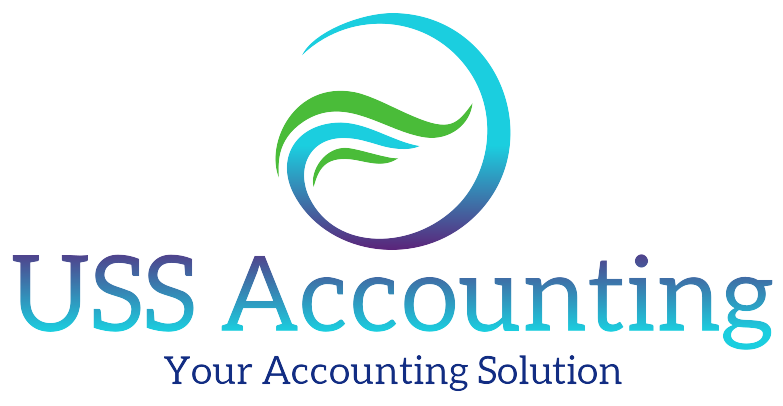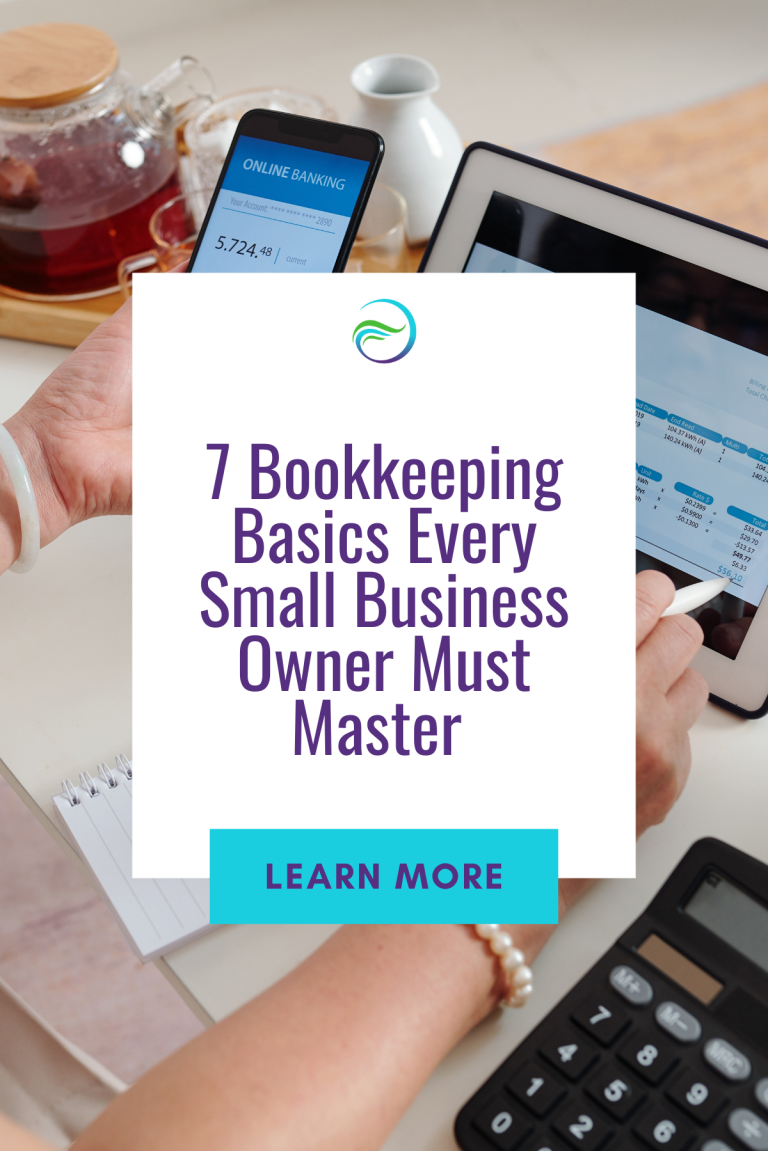
What Are Profit Leaks and How Do They Hurt Small Businesses?
Direct Answer: Profit leaks are unnecessary expenses, inefficient processes, and overlooked costs that drain 15-30% of your business profitability without you noticing. These hidden drains include unused subscriptions, poor pricing strategies, unbilled work, delayed invoicing, weak collections, lack of financial oversight, and missed tax deductions.
Research from the Small Business Administration shows that inefficient financial management is one of the top reasons small businesses fail to reach their profit potential. The average small business loses 15-30% of potential profits to these hidden drains every single year.
Here’s the truth: you can’t fix what you can’t see. Let’s expose the seven most common profit leaks draining small businesses across Atlanta, Charlotte, and Greenville-Spartanburg—and give you the tools to plug them immediately.
How Much Money Do Businesses Waste on Unused Subscriptions?
Direct Answer: The average small business wastes $2,400-$18,000 annually on 3-7 unused or redundant subscriptions.
Profit Leak #1: Untracked Subscriptions and Recurring Expenses
You’re paying for software you don’t use. Marketing tools from old campaigns. Services purchased during a busy season that never got canceled. Research shows businesses typically waste $200-$1,500 per month in unused subscriptions.
Hypothetical example: Consider an Atlanta marketing agency with three project management tools ($49, $79, and $99/month). They standardized on one but never canceled the others. That’s $227/month or $2,724 annually on redundant tools.
How to Plug It: Pull three months of bank statements. Highlight every recurring charge. Ask: “Did we use this in the past 90 days?” If not, cancel it. Professional [bookkeeping services](https://ussaccounting.com/bookkeeping) can identify these charges during monthly reconciliation.
What Happens When Small Businesses Underprice Their Services?
Direct Answer: Underpricing by just 10% can cost a $500K business $50,000 in annual profit. Most service businesses leave 10-20% of potential revenue on the table by not adjusting prices to match costs.
Profit Leak #2: Poor Pricing Strategy
According to the U.S. Bureau of Labor Statistics, business costs have increased 15-20% over the past two years. If your prices haven’t adjusted, you’re absorbing those costs with reduced margins.
Example scenario: Imagine a Charlotte consulting firm charging $150/hour when their true cost supports $175/hour. At 1,000 billable hours annually, that’s $25,000 in unrealized revenue.
How to Plug It: Calculate your true cost of delivery including materials, labor, overhead, and minimum 20-30% profit margin. Working with [professional accounting consultants](https://ussaccounting.com/consulting) helps you develop pricing strategies that protect profitability while remaining competitive.
How Much Revenue Do Service Businesses Lose to Unbilled Work?
Direct Answer: Service businesses typically lose 5-15% of revenue to scope creep and unbilled work. For a $400K business, that’s $20,000-$60,000 in lost annual income.
Profit Leak #3: Unbilled or Under-Billed Work
Scope creep kills profitability. “Just one more thing” requests that never get billed. Rush jobs at standard rates. Revisions beyond the original scope are all done for free.
Hypothetical scenario: Consider a Greenville web design firm quoting $5,000 for a website. The client requests three additional pages and custom features. The extra 20 hours at $100/hour effective rate equals $2,000 in unbilled work, cutting margin from 40% to 20%.
How to Plug It: Track all time, even if you don’t bill hourly. Set clear project scopes. Anything outside scope gets quoted separately. Create rush service fees (25-50% premium). Professional [financial management services](https://ussaccounting.com/financial-management) can help analyze billable hour utilization.
Why Does Delayed Invoicing Hurt Cash Flow?
Direct Answer: Late invoicing extends collection time by 15-30 days, tying up $25K-$50K in working capital for every $50K in monthly revenue.
Profit Leak #4: Slow or Missing Invoicing
Example scenario: Imagine work completed November 5th but invoiced November 30th. With net-30 terms, payment arrives December 30th. That’s 55 days between completing work and receiving payment versus 30 days with immediate invoicing.
How to Plug It: Invoice within 24 hours of completion. Use accounting software with automation. Professional bookkeeping services include automated invoicing systems that ensure every project gets billed immediately.
What Percentage of Old Invoices Are Collectible?
Direct Answer: Invoices over 90 days past due have less than a 50% collection rate. The longer an invoice remains unpaid, the less likely you’ll ever collect it.
Profit Leak #5: Inefficient Collections Process
Many businesses send an invoice and hope for payment. No follow-up, no escalation, no consequences. No sh*t.
Hypothetical example: Consider a Charlotte firm with $15,000 in invoices 90+ days past due. Without a collections process, they’ll likely only recover $7,500, writing off the other $7,500 as bad debt.
How to Plug It: Implement automated reminders at 7, 14, and 30 days past due. Offer multiple payment methods ACH, credit card, payment plans. Require deposits on large projects. USS Accounting’s accounts receivable management includes systematic collections processes.
How Often Should Small Business Owners Review Financial Statements?
Direct Answer: Small business owners should review financial statements monthly at minimum. “Annual only” reviews prevent proactive decision making and allow profit leaks to compound.
Profit Leak #6: No Financial Visibility or Regular Review
Example scenario: Imagine a Greenville retail business reviewing financials only at tax time. In March, they discover they’ve been losing $800/month on one product line all of fiscal year 2024 and $9,600 in losses that could have been stopped.
How to Plug It: Review profit and loss, balance sheet, and cash flow monthly. Ask: (1) Where did we make money? (2) Where did we lose money? (3) What needs to change? USS Accounting clients receive monthly financial reviews designed to identify profit leaks before they become disasters.
How Much Do Small Businesses Overpay in Taxes Annually?
Direct Answer: Tax planning experts estimate the average small business overpays $5,000-$15,000 annually by missing available deductions, credits, and strategic timing opportunities.
Profit Leak #7: Overpaying on Taxes Due to Poor Planning
The IRS Small Business Tax Center provides extensive guidance, but most business owners don’t have time to navigate complex tax code.
Hypothetical scenario: Consider an Atlanta business generating $750K revenue. They miss deductions for home office ($3,000), retirement ($6,000), vehicle ($2,500), and equipment ($8,000). That’s $19,500 in missed deductions, costing approximately $5,850 in unnecessary federal taxes.
How to Plug It: Meet with your accountant quarterly. Review estimated payments. Maximize deductions through proper categorization, retirement contributions, and strategic purchases. USS Accounting’s [proactive tax planning services](https://ussaccounting.com/tax-planning) include quarterly strategy sessions.
Frequently Asked Questions About Profit Leaks
Q: What is the most common profit leak in small businesses?
A: Unused subscriptions are most common, with businesses wasting $2,400-$18,000 annually on services they no longer use.
Q: How can I identify profit leaks in my business?
A: Review three months of bank statements for recurring charges, analyze pricing against delivery costs, track unbilled hours, and examine invoicing/collections timeline.
Q: How much profit do small businesses typically lose to inefficiencies?
A: Research shows businesses lose 15-30% of potential profits to hidden inefficiencies, including subscription waste, underpricing, unbilled work, collection delays, and missed tax deductions.
Q: Should I raise prices if I haven’t in 18+ months?
A: Yes. With 15-20% cost increases due to inflation, maintaining static pricing means you’re absorbing costs through reduced margins.
How USS Accounting Helps Small Businesses Plug Profit Leaks
Identifying profit leaks requires time, expertise, and objective perspective. We serve small businesses across Atlanta, Charlotte, and Greenville-Spartanburg with one mission: maximize your profitability through smarter financial management.
Our Approach:
USS Accounting offers a complimentary profit leak assessment. We’ll review your financial statements, identify your biggest drains, and provide a clear action plan.






